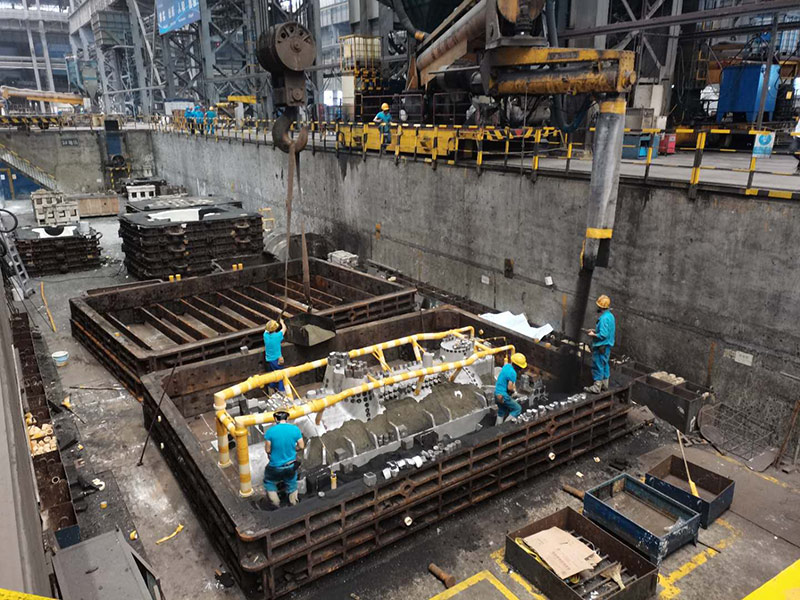The Best Way to Sand Stainless Steel A Comprehensive Guide
Sanding stainless steel can seem like a daunting task, but with the right methods, tools, and techniques, you can achieve a polished and smooth finish. Whether you’re working on a DIY project or a professional piece, knowing how to properly sand stainless steel is crucial. Here’s a detailed guide on the best way to approach this process.
Understanding Stainless Steel
Before diving into the sanding process, it's essential to understand the unique characteristics of stainless steel. It is known for its durability, corrosion resistance, and aesthetic appeal. These properties, however, can make sanding challenging. Stainless steel is not as easy to sand as wood or other metals, mainly because it can scratch easily and its surface can become discolored if overheated during the process.
Selecting the Right Tools
To begin, gather the necessary tools and materials. The primary tools you'll need include
1. Sanding Discs or Sheets Use high-quality aluminum oxide or silicon carbide sanding discs for use with an angle grinder or a random orbital sander. Start with a coarser grit (like 120-grit) and move to finer grits (up to 800-grit or higher) for a smooth finish.
2. Sanding Block For manual sanding, a sanding block can help maintain even pressure and control.
3. Angle Grinder or Random Orbital Sander These tools can expedite the sanding process significantly. They allow for faster removal of material compared to hand sanding.
best way to sand stainless steel

4. Protective Gear Always wear safety goggles, a dust mask, and ear protection when sanding to ensure your safety.
The Sanding Process
1. Preparation Start by cleaning the stainless steel surface to remove any dirt or grease. You can use a degreaser or a mixture of warm water and soap for this purpose. Dry the surface thoroughly before proceeding.
2. Begin Sanding If you're using a power tool, start with the coarser grit sanding disc. Keep the tool moving to avoid overheating the metal. For manual sanding, use even pressure and long strokes in the direction of the grain.
3. Progressing through Grits After you’ve achieved an even surface with the coarse grit, switch to a medium grit (around 240) to refine the finish. Follow this up with finer grits, progressively moving to 400 and then 800 or higher. This step helps eliminate any scratches left by the previous grits.
4. Maintain the Grain It’s important to sand along the grain of the stainless steel to avoid creating visible scratches. If the metal is brushed, keep the same pattern to maintain a consistent look.
5. Final Finishing Once you’ve reached the desired smoothness, you can polish the surface using a metal polish or a buffing wheel. This step not only enhances the appearance but also provides a protective layer against corrosion.
Conclusion
Sanding stainless steel requires patience and the right technique. By selecting the appropriate tools, working through grits methodically, and always sanding with the grain, you can achieve a beautiful and professional finish on your stainless steel projects. Remember, preparation and protective gear play a crucial role in this process not only for achieving a great finish but also for ensuring your safety. Happy sanding!
Post time:Ное . 04, 2024 06:34
Next:describe sand casting process
